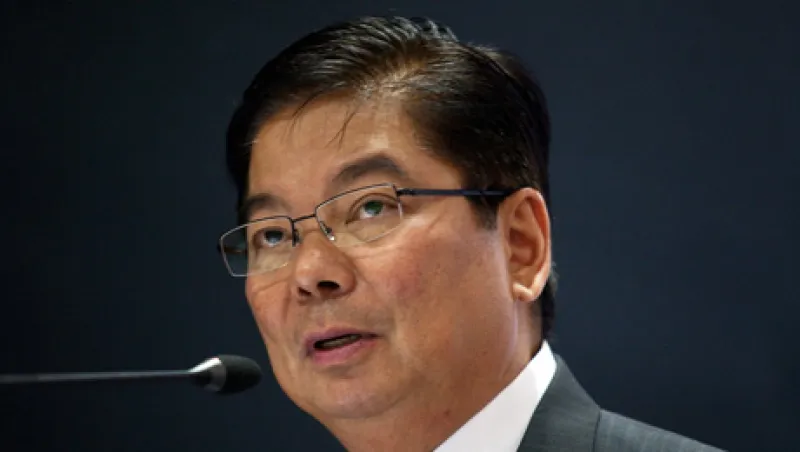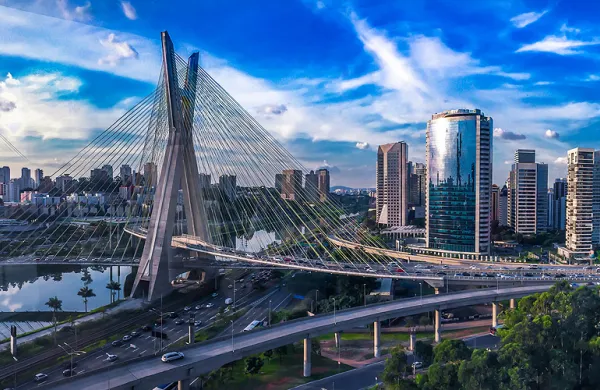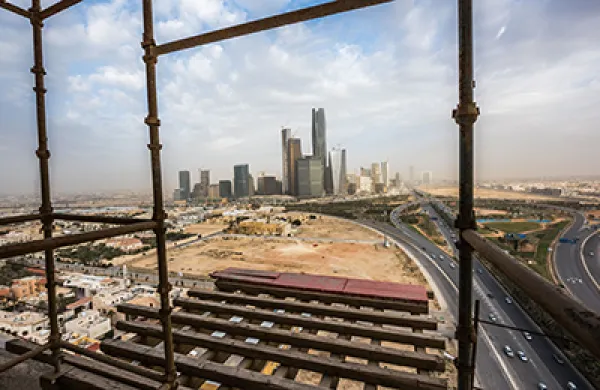Philippines officials have typically received plenty of advice about what needs to change in their country when attending international forums. These days, however, outsiders are lauding Manila for changes undertaken by the government of President Benigno “Noynoy” Aquino III.
The shift in tone is evident at the annual meeting of the Asian Development Bank, which gathers Finance ministers and central bankers from 67 countries in New Delhi from May 2 to 5. The ADB’s annual Asian Development Outlook says recent budget and governance reforms have bolstered the country’s finances and improved the investment climate. The government also got a boost on May 2 when Standard & Poor’s Corp. raised its sovereign debt rating on the Philippines to investment grade for the first time, with a one-notch upgrade to BBB-. The move matched a similar upgrade by Fitch Ratings a few days earlier.
Not surprisingly, senior Philippines officials are taking something of a victory lap at the ADB meeting.
“Judging by investor sentiments and developments in our financial market, we see the view that Philippines as the sick man of Asia is no longer the case,” Governor Amando Tetangco of the Philippines central bank tells Institutional Investor in New Delhi. “We believe this progress we have achieved in past two years can be sustained in the medium term.”
Last year, the Aquino administration doubled excise taxes on alcohol and tobacco, overcoming strong opposition from powerful lobbying groups representing those industries. The tax increases are expected to raise 44 billion pesos ($1.1 billion), which will be used to keep the budget deficit under 2 percent of gross domestic product while increasing social welfare spending for the poor. In addition to fiscal discipline, the government has taken steps to combat tax evasion and crack down on corruption in public works contracting that has frustrated efforts to improve the country’s infrastructure.
The tax change enhanced the government’s “credibility as an instrument advancing reform,” the ADB said in its outlook. “More recently, governance reforms and gradual improvements in infrastructure have enhanced the investment environment,” it added.
The Philippines economy has been resilient, expanding by 6.6 percent in 2012, one of the fastest rates in Southeast Asia and ahead of the Asian average of 6 percent. The ADB projects that growth will slow modestly this year, to 6.0 percent, even as the Asian average rises to 6.6 percent, led by accelerating Chinese growth.
S&P cited an improvement in the government’s finances, a sustained current account surplus and buoyant reserves for its upgrade. The government has reduced its foreign debt to $60 billion, or roughly 24 percent of GDP, from a high of 60 percent in the 1990s, according to Tetangco. Overall government debt stood at 48 percent of GDP at the end of 2012, according to Finance minister figures.
Remittances from Filipinos working abroad have kept the current account in surplus and enabled the government to boost its reserves to $84 billion at the end of last year from $44 billion in 2009, according to S&P.
“We expect continued remittance inflows from a large emigrant labor force along with an expanding business process outsourcing industry to keep the current account in surplus over the next several years,” says Agost Benard, a Singapore-based analyst at the ratings firm. Revenues from offshore remittances and from business process outsourcing currently amount to about 15 percent of GDP, comfortably covering trade deficits of 6 percent to 9 percent of GDP, he says.
Tetangco paints an optimstic outlook for the near term. “We see our GDP growing between 6 percent and 7 percent annually in the coming two to three years,” he says. “We see the foreign debt to GDP ratio falling to below 20 percent in next two to three years.”
In the longer term, the country faces a challenge to lift its relatively low income levels. The Philippines’s per capita GDP is expected to be $2,850 this year, below that of most similarly rated sovereigns, according to S&P. By that measure, the country ranks as one of the poorest in the region, well behind Thailand ($5,600) and Indonesia ($4,700) but above Vietnam ($1,500).
Tetengco says he believes the recent credit upgrades will help the nation to attract more foreign direct investment, especially into the manufacturing sector, which will be critical to raising income levels. “
More FDI is necessary,” he says. “We believe FDI will build more productive capacity, create jobs, create conditions where we can produce more inclusive growth. These type of investments produce more sustainable growth.”
Net FDI more than doubled to $2.8 billion in 2012, up from $1.26 billion in 2011.






